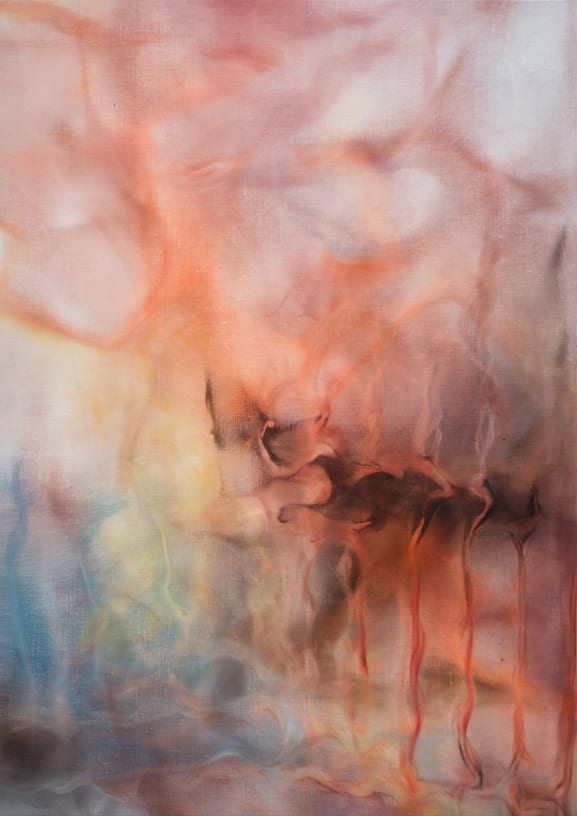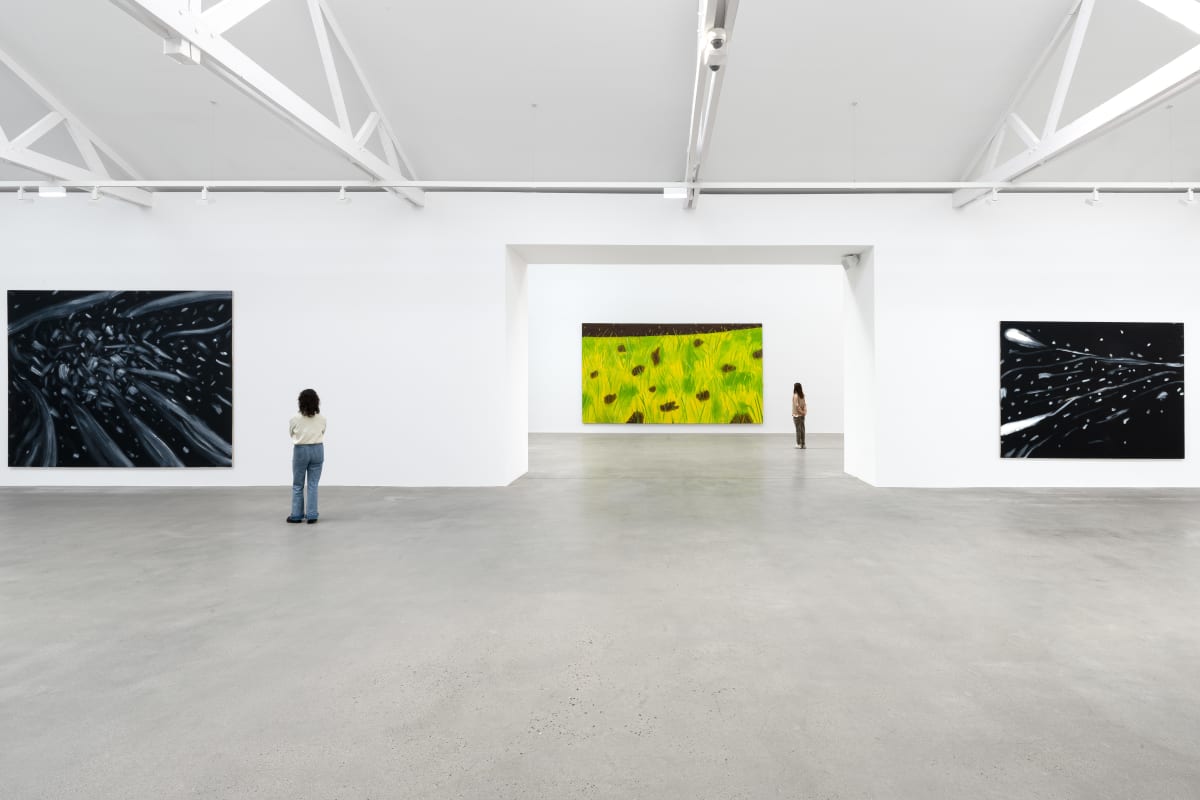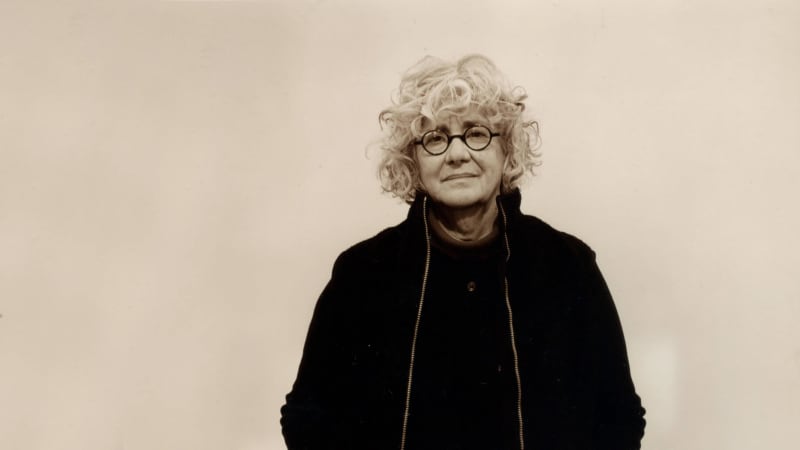Harun Farocki & Hito Steyerl Life Captured Still
6 February – 4 April 2020
The first major posthumous exhibition of Harun Farocki’s work in the UK showed his seminal video and new media art installations alongside the work of Hito Steyerl.
Thaddaeus Ropac's London exhibition brought together formative video installations by the artists Harun Farocki and Hito Steyerl, curated by Antje Ehmann and Carles Guerra, with exhibition architecture by Luis Feduchi.
The first major UK exhibition of Harun Farocki's work in over a decade, Life Captured Still explored the natural and multidimensional convergences his practice shares with the illuminating and provocative work of Hito Steyerl, who has been described by ArtReview as 'the world's most powerful voice of conscience'. Presented together for the first time, the exhibition highlighted the thematic similarities and contextual differences that resonate across both artists' oeuvres.
Revered as pioneers in the fields of documentary video and new media art across two generations, the artists' expansive films interrogate organisational power structures, divisions of labour and the inescapable and shifting roles of the images that permeate contemporary society.
Elsewhere in the exhibition, Farocki's early video work, Two Paths (1966) used the camera as a tool for the dissection of an image: roaming close-up shots of a drawing deconstruct the scene it presents – a religious allegory for 'right' and 'wrong' – alluding to the subjective, perspective-reliant nature of meaning and the instructional power of the image. Underscored by rhymes, Farocki's methodological approach to the camera in this short video functions as a precursor to his later essay films and highlights the enduring themes at the heart of the artist's practice.
Life Captured Still included the installation and ongoing workshop, Labour in a Single Shot (2011– ), a collaboration between the late Farocki and his partner, curator Antje Ehmann. Working as a team of like-minded producers, Farocki and Ehmann have collaborated on a number of artistic and curatorial projects since the late 1990s. For this last collaboration, the pair returned to the beginning of film history. Adopting the straightforward objectivity of early cinema, with reference to the Lumière brothers', La Sortie de l'usine Lumière à Lyon (1895), a single-take film that featured workers leaving a factory in Lyon, the extensive project used the methodology of the single camera shot to explore the subject of labour. Over the course of four years, they travelled to fifteen major cities where they produced over four hundred short films with local video artists and filmmakers. The project recently resumed, producing more than one hundred additional films over the past three years. These films showed forms of work that are paid and unpaid, material and immaterial, traditional and brand-new, industrial and pre-industrial. They visualised work in the 21st century from a double perspective: as an individual act, but set in the midst of collective constraints. Conceived as a symbolic editing table, the project invited the spectator to contribute their own personal film, creating a surprising montage of social histories, a highly organised, global encyclopaedia, and a condensed reading of reality.










































































































































































